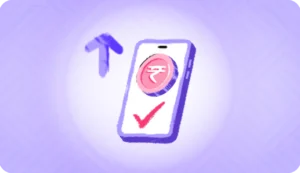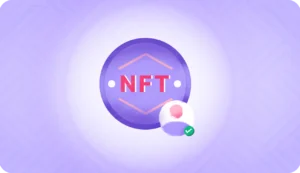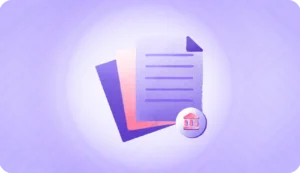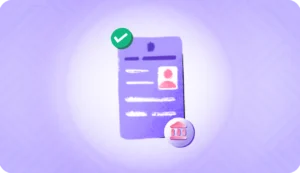Digital technology has fundamentally changed the financial services sector over the past decade and a half and has become one of the most important accelerators of financial inclusion in both emerging and developing nations. A growing number of formerly unbanked people can now save, borrow, pay, and transfer money online through Digital Money Transfer practices.
Payments can be transmitted from one account to another by email, text message, or the web using the services, which are provided by banking institutions as well as independent fintech mobile and Web-based providers.
Defining Digital Money Transfer
A digital payment is the exchange of money from one payment account to another over a digital channel of communication, such as mobile wireless data or SWIFT, or a digital device, such as a POS (Point of Sales). There is no middleman or third-party organization like banks or financial institutions to function physically as the enabler of these services.
By streamlining the current financial system, digital money transfers facilitate faster and more affordable financial transactions. They may also make it simpler for central banks to implement monetary policy effectively.
Digital financial services have become a crucial tool for promoting financial inclusion, reducing poverty, and fostering economic prosperity.
As of 2019, there were more than 1 billion mobile money accounts worldwide, according to the most recent “State of the Industry Report on Mobile Money” from the Global System for Communications (GSMA), which offers a glimpse of the world’s mobile money scene one year before the COVID-19 pandemic.
Advantages of Digital Money Transfers
Individuals, businesses, governments, or organizations working for international development can all profit greatly from digital money transfer practices. Among the many advantages of turning digital in payments are:
Financial Health: Digital payments are the most beneficial financial services offering clients speed, ease, and resilience through their improved capacity to withstand shocks, and enable users to achieve financial objectives, thereby effectively supporting their financial well-being.
Transparency and Security: An improved accountability and traceability framework directly culminates in lowered corruption and theft. Digital financial services improve transparency as every transaction leaves a data trail. The ability of financial services to formally create a credit-scoring system for players in the grey market is improved by this data trail.
Financial Inclusion: For the 1.7 billion people who do not have traditional bank accounts, widespread and affordable access to digital money transfers and phone-based transactions have opened new avenues to financial services.
In nations where fewer than one-third of the population has an account with a formal FI, mobile money services are offered in 96% of cases, demonstrating the critical role that these services play in promoting financial inclusion.
Economic Contribution of Women: Increasing women’s financial autonomy and offering them additional business options will increase their engagement in the economy.
According to the 2014 G20 reports, “Opportunities of Digitizing Payments” and “Digital Financial Solutions to Advance Women’s Economic Participation,” digital money transfers lower costs, allow for quick scaling of financial inclusion initiatives, and enhance women’s economic participation. The gender gap in financial inclusion could be closed by using digital financial services.
Conclusion
In developing and emerging economies, digital banking (and particularly mobile money transfer) has already established itself as a key facilitator of financial inclusion, particularly when it came to catering and providing for the most socially secluded and disadvantaged people. However, there are significant worries about the effects of this rapid transition to a cashless, paperless, digitally banked society.
There is a risk of widening the gap between those who can already access digital money transfer services and those who may not be able to – such as rural residents, women, the extremely poor, immigrants and refugees, the elderly, and the illiterate, especially given that these groups frequently overlap.
In addition, there are a number of linked, important worries about topics like data security and privacy, openness, predatory lending, and market monopolization, among others.
To reach the desired result of increasing and advantageous usage of the payment system, the construction of an inclusive digital payments ecosystem is a complicated process that requires explicit and coordinated management. This necessitates a mutually acceptable strategy and active management throughout the ecosystem’s formation and operation.
FAQs
What are Electronic Funds Transfers?
A digital movement of funds from one bank account to another through a computerized network is known as an electronic funds transfer (EFT). Direct deposits, credit, and debit card purchases, wire transfers, and online bill payments are all covered by EFT.
What is Digital Money?
Digital money, sometimes known as digital cash, is any kind of payment that is only available electronically. Digital currency is not a physical object that is tangible like coins or paper fiat.
What are the Constituents of a Digital Money Transfer Ecosystem?
A supportive environment and a number of building components make up an inclusive digital payments ecosystem: 1. Digital payment service providers consist of both banks and non-bank payment service providers, including mobile money operators. 2. A payment system that is a part of the financial infrastructure. 3. A distribution system or channels and access points. 4. An ICT and energy infrastructure. 5. A reliable user identification system.





